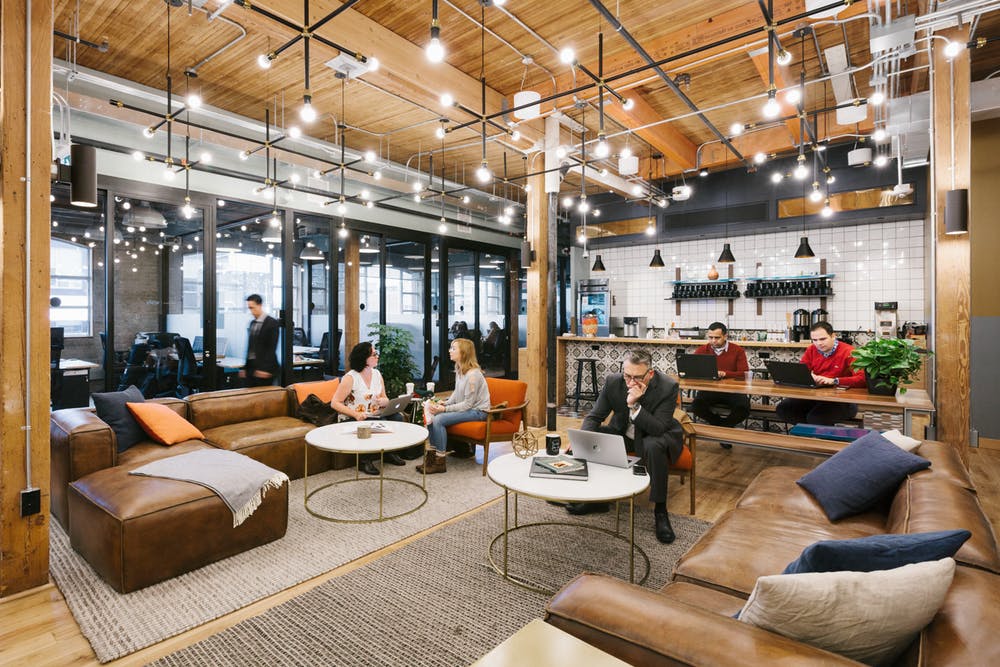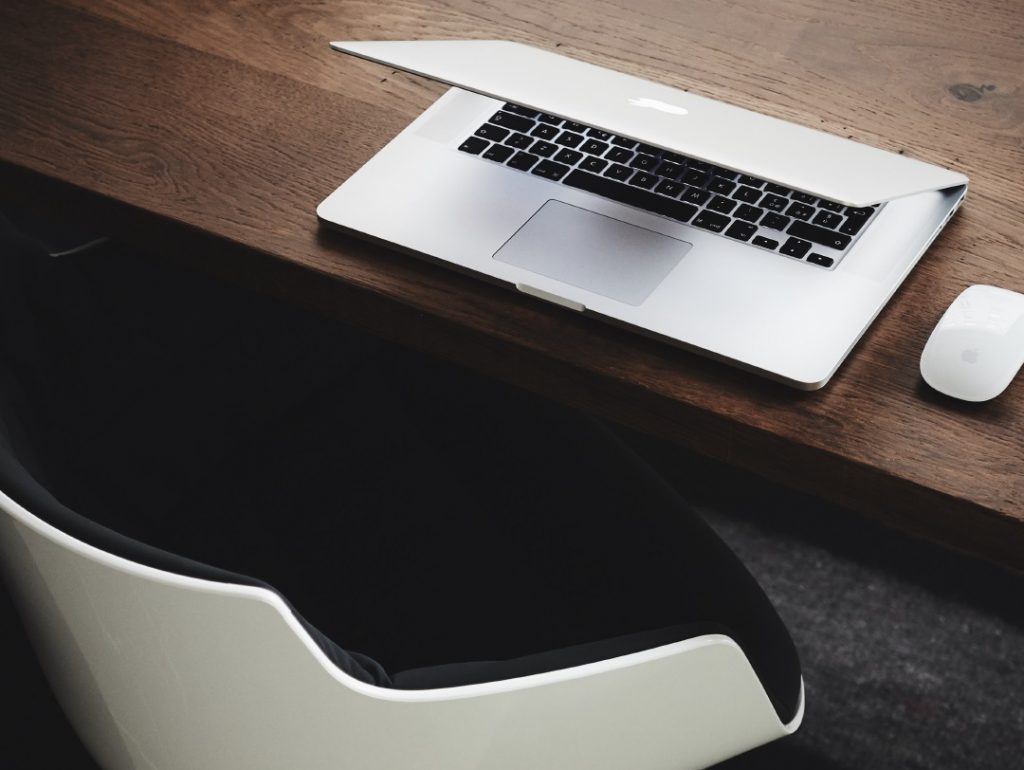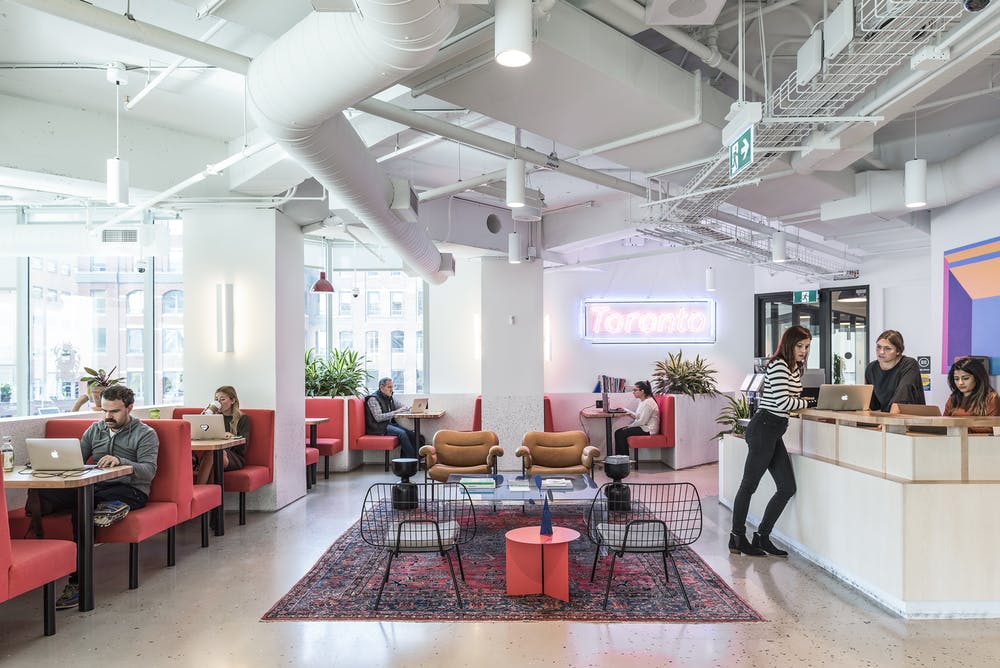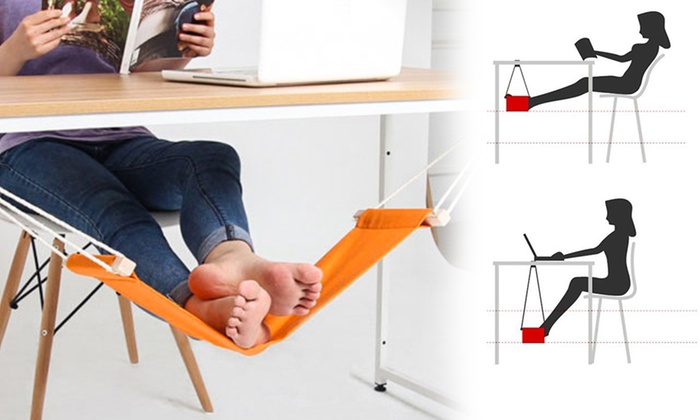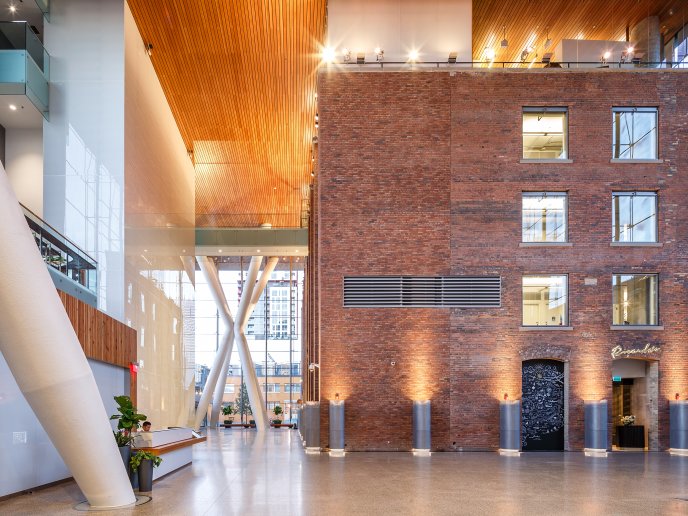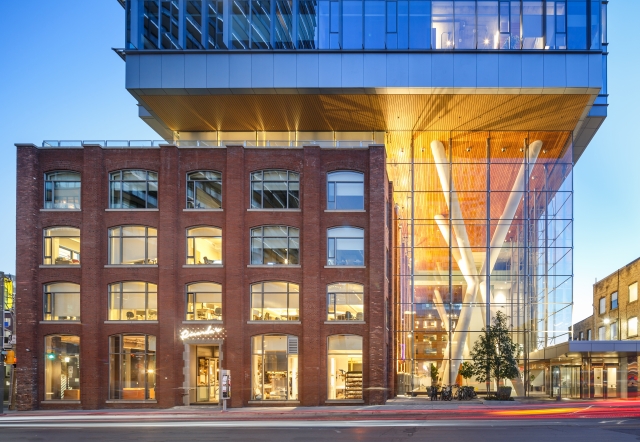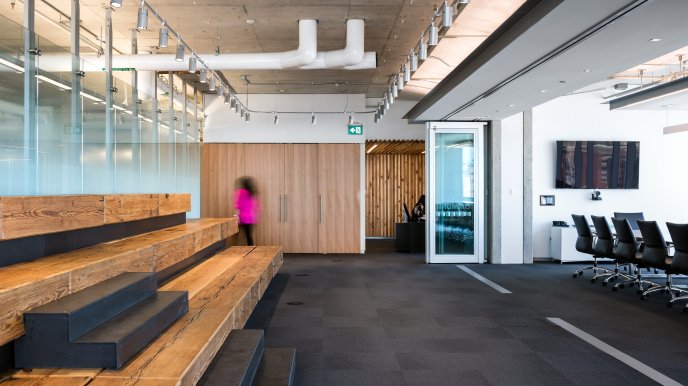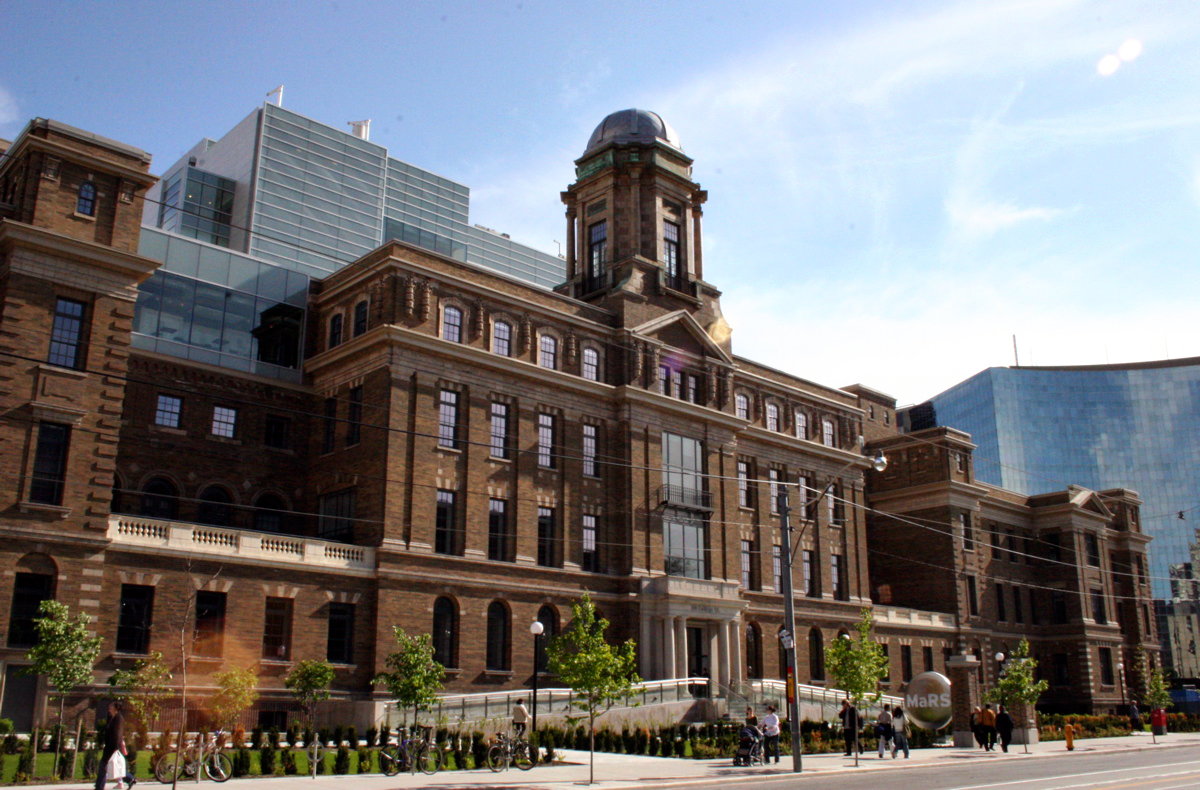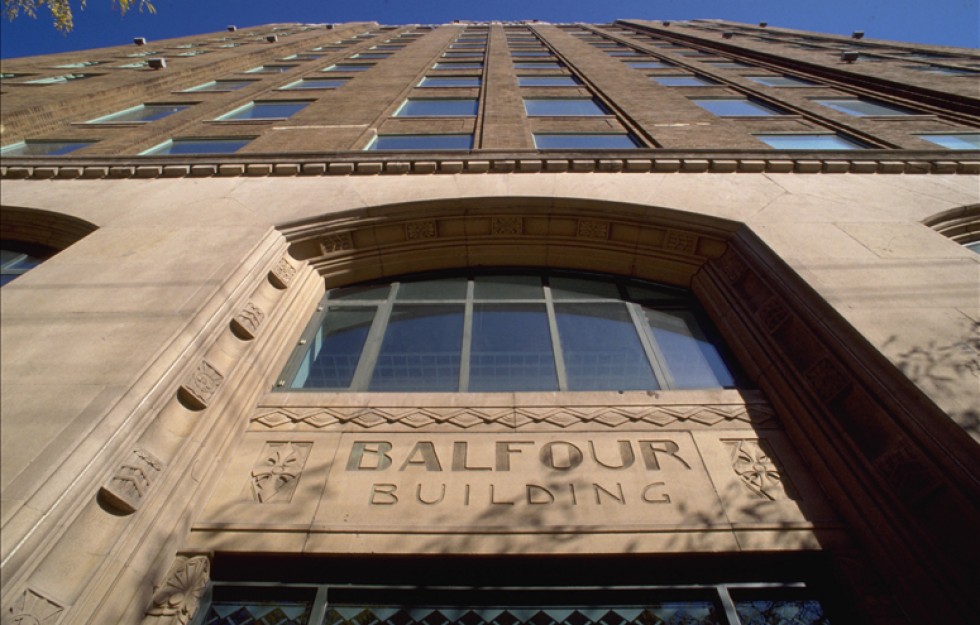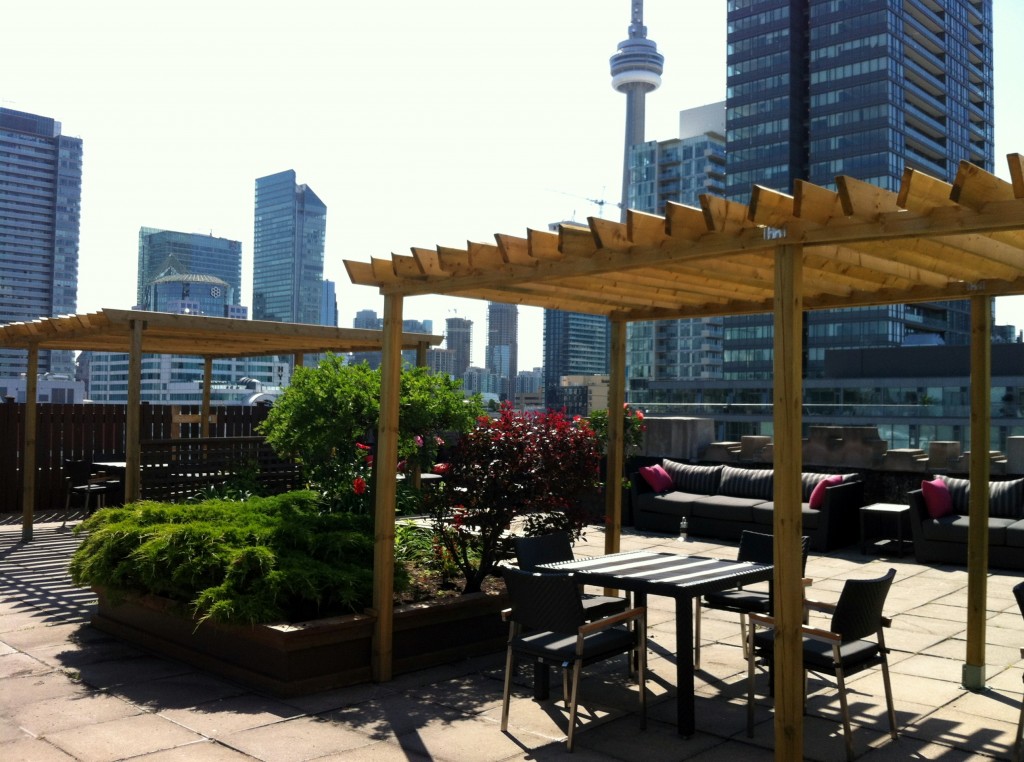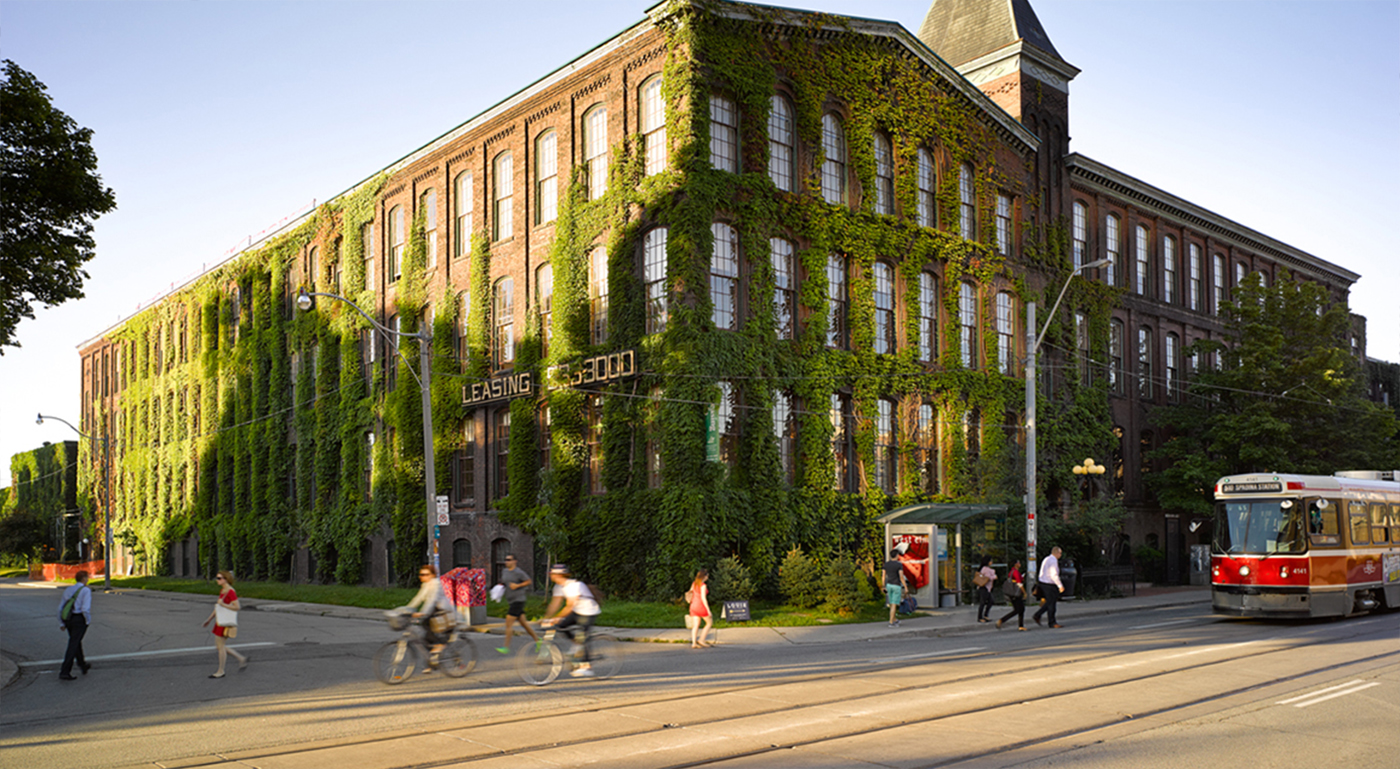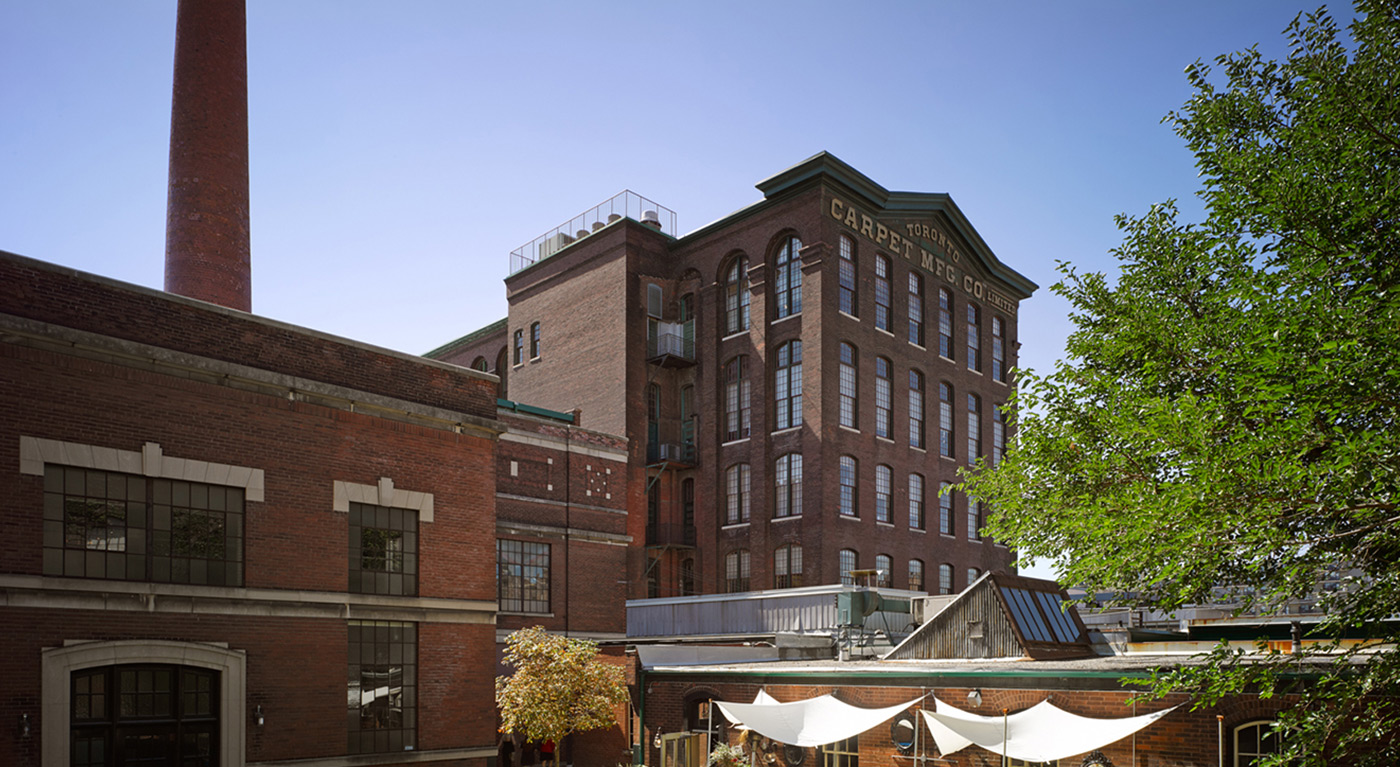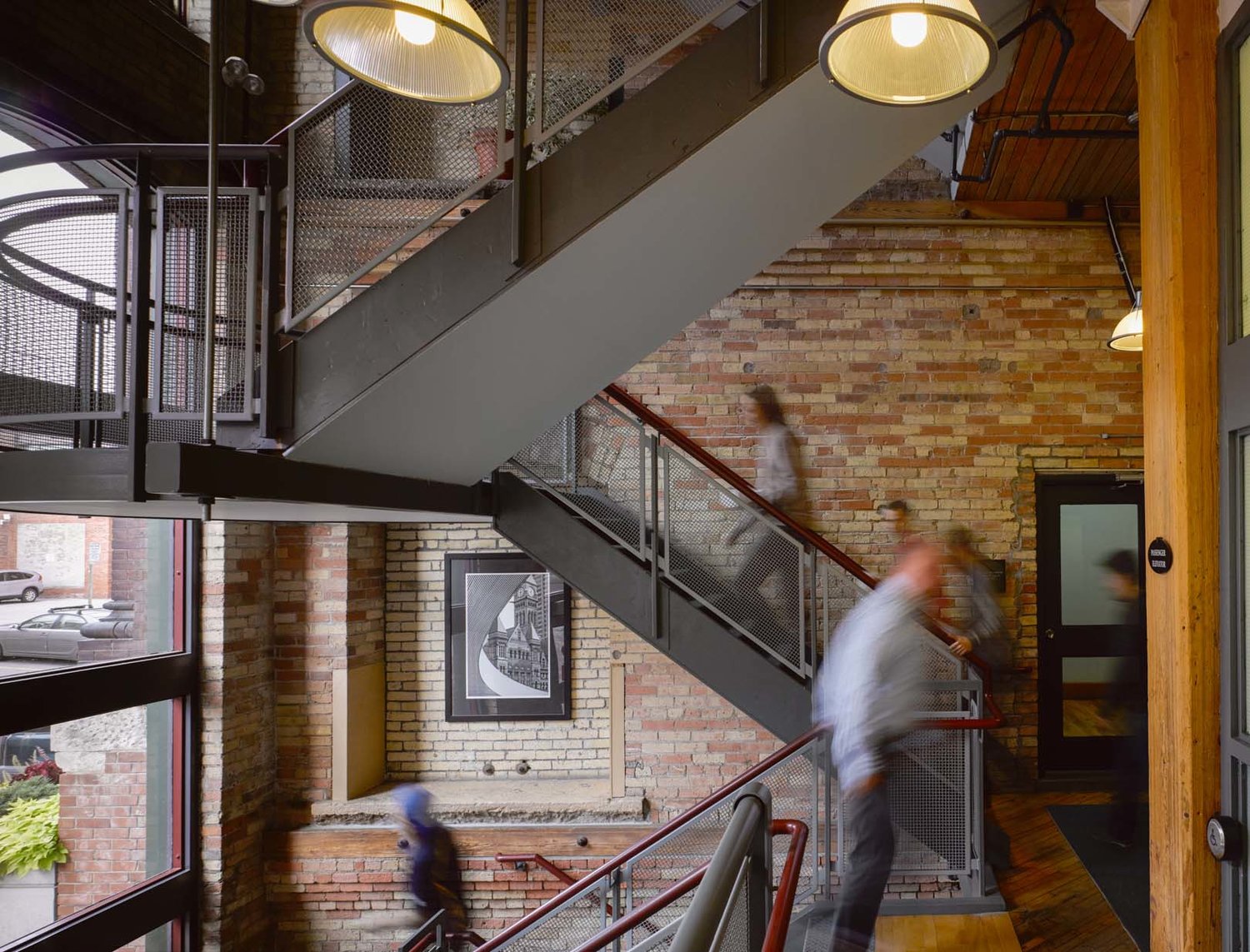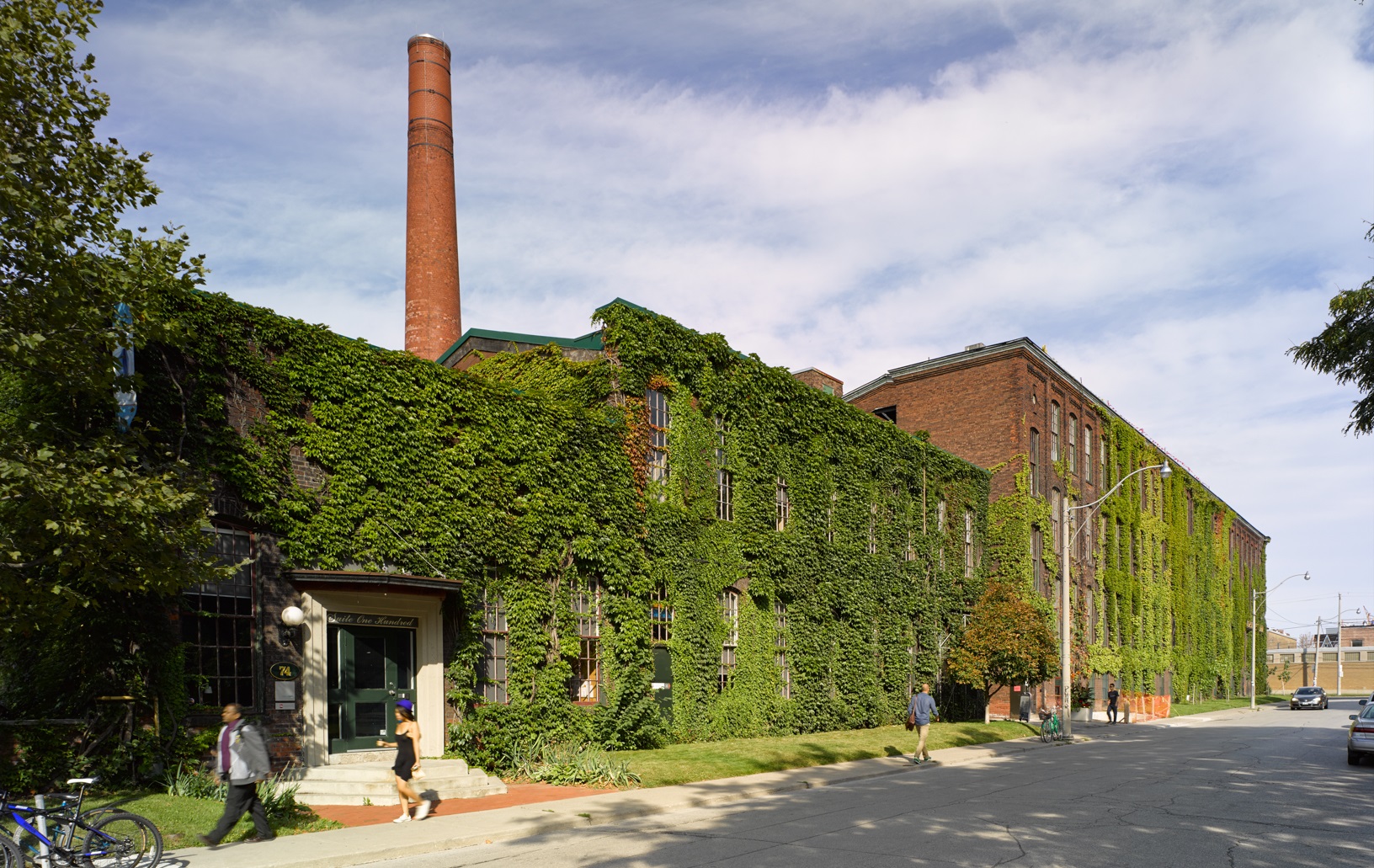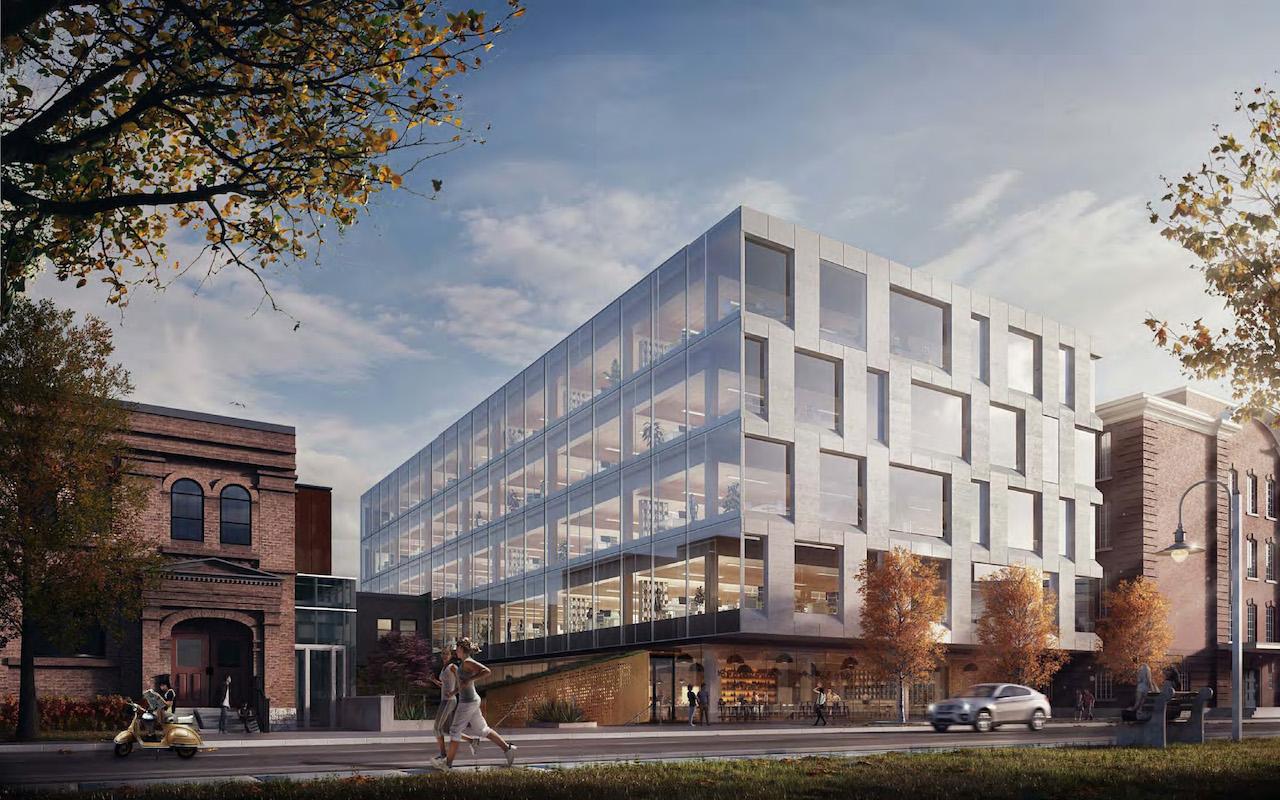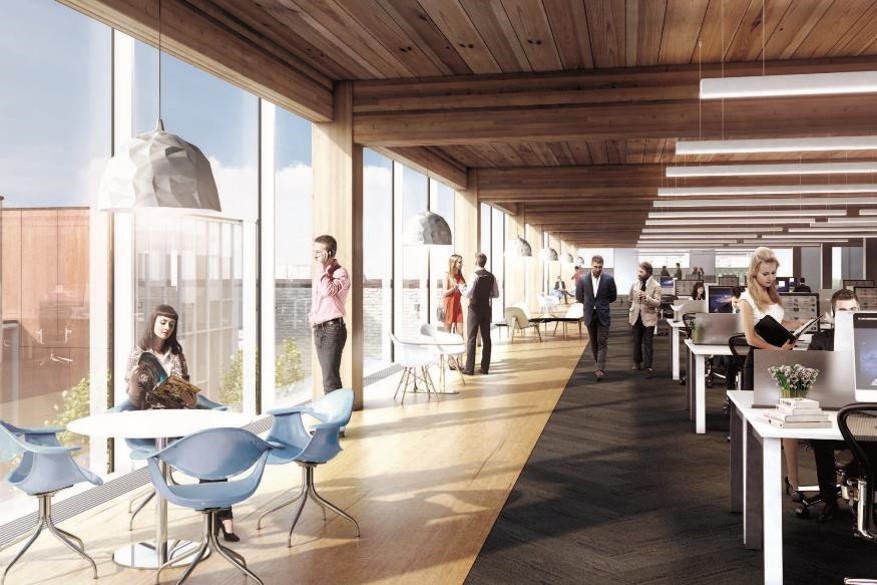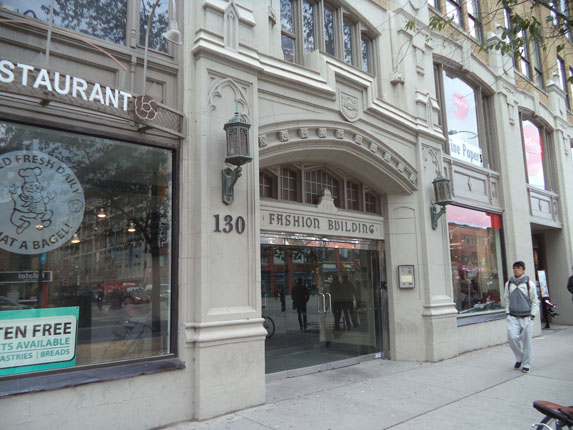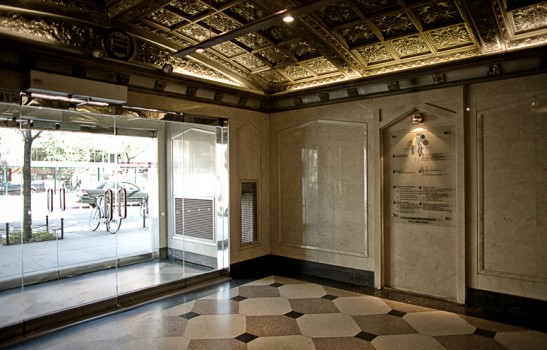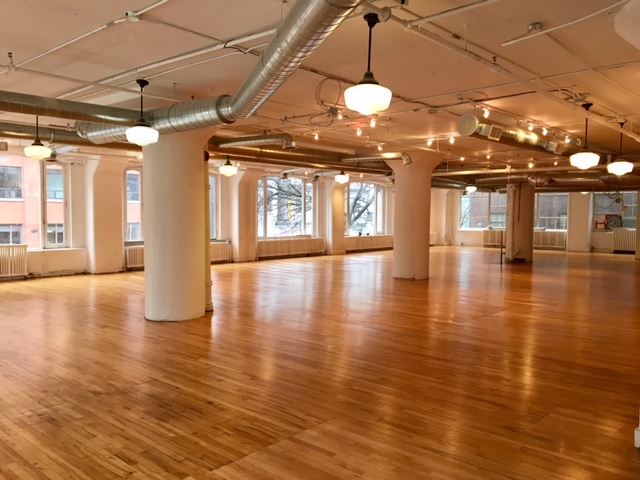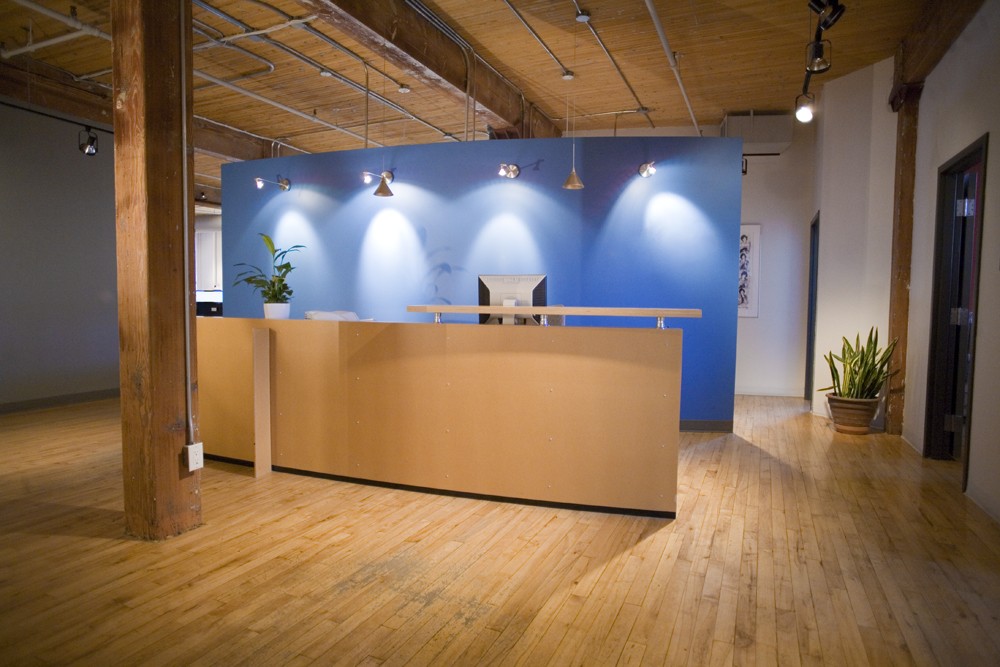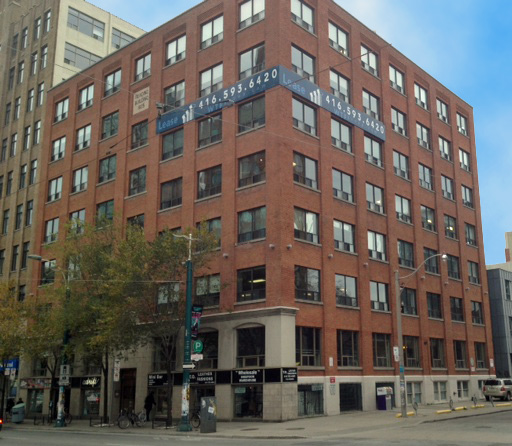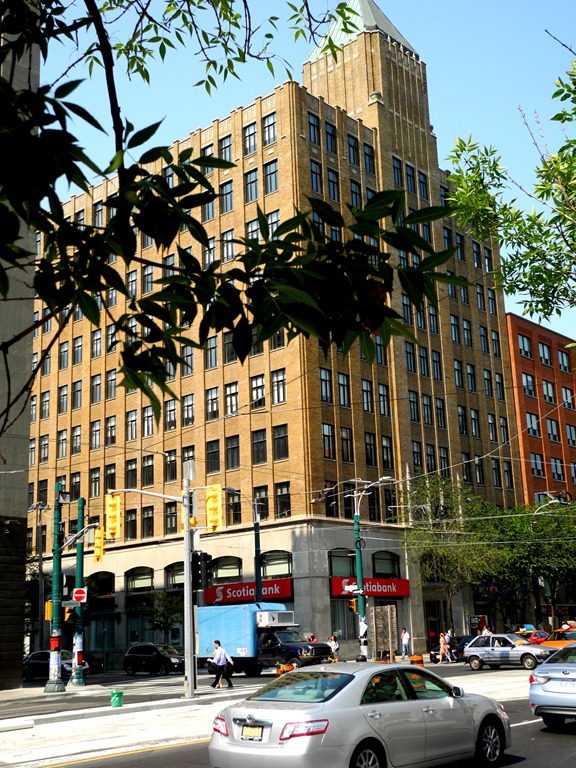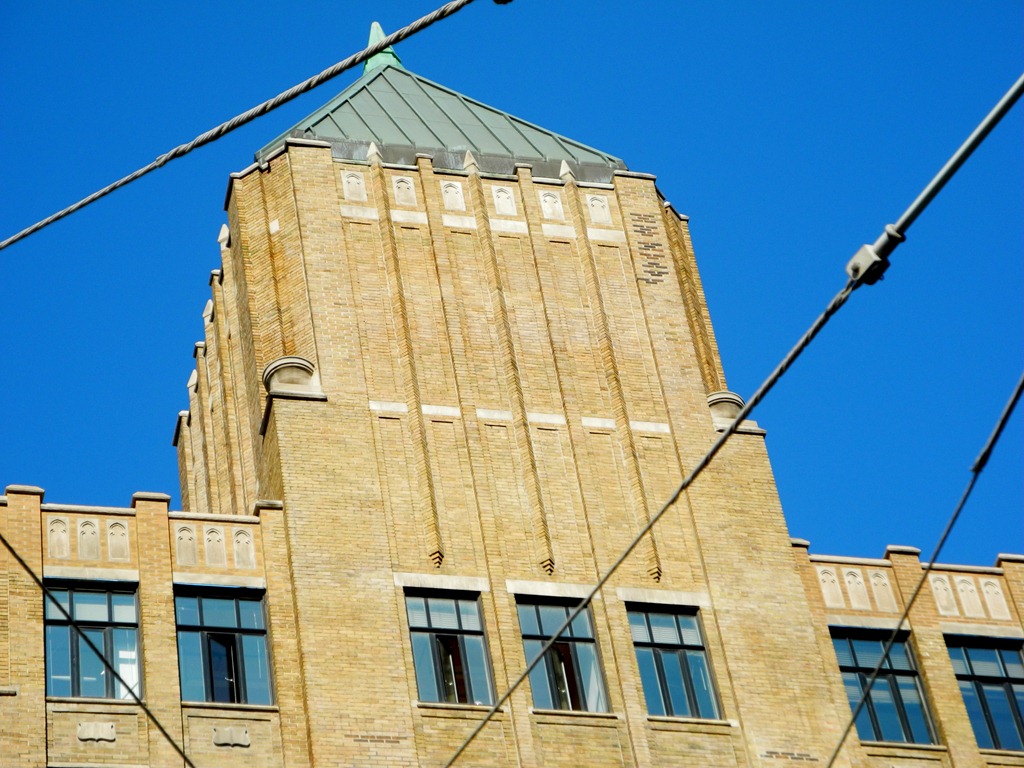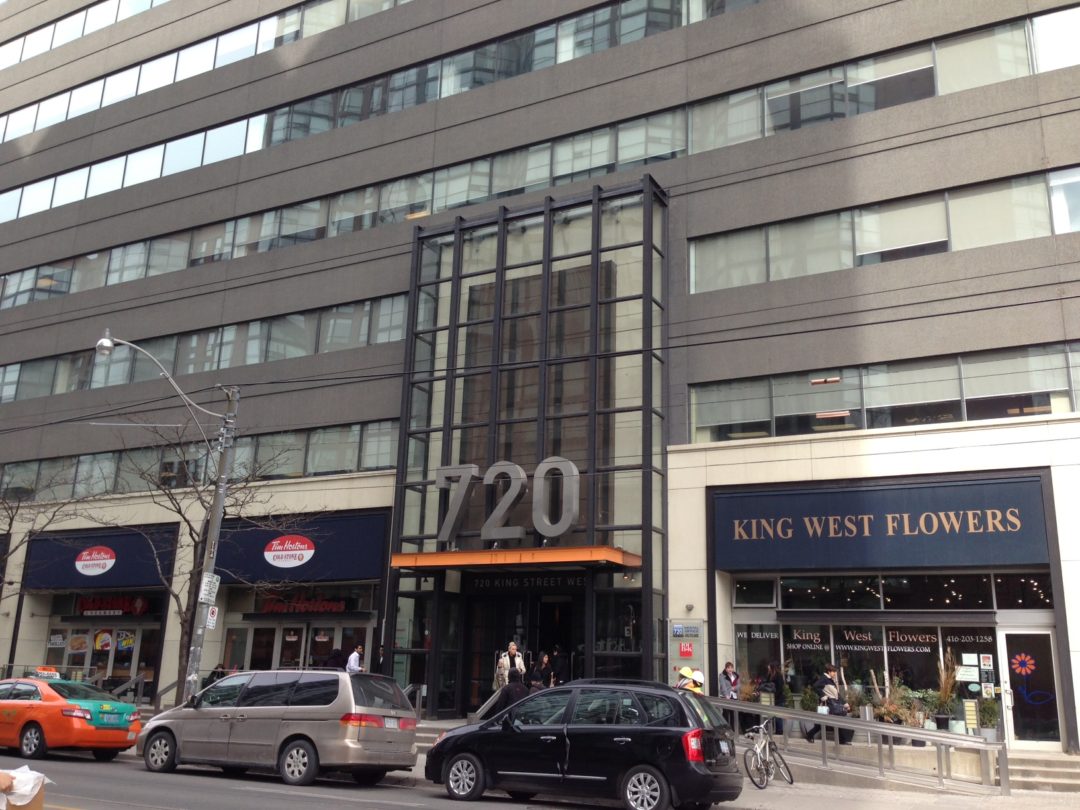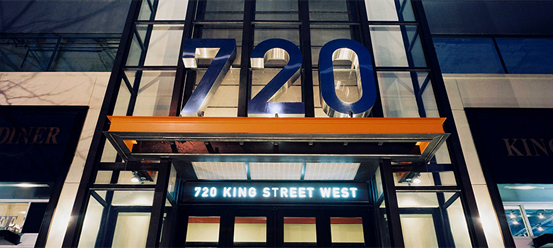
Business owners wishing to lease a space or renew an existing lease can prepare by following these steps:
Utilize A Tenant Broker’s Expertise
A tenant-representative commercial lease broker can provide the market data, information, relationships, and experience needed to help a tenant reach a favorable lease with a prospective landlord. Use a broker for leases 1,000 square feet and up if you’re looking for commercial space Spacie.ca can help you find what you’re looking for.
The benefit of utilizing a broker is often at no extra cost to the tenant–landlords frequently pay a broker’s commission, which is then built into the tenant’s rental rates. Whether the tenant seeks out a broker’s consultation or not, the tenant’s rent will remain unaffected.
The tenant will want what’s best for their business: a prime location based on rewarding local demographics, traffic, and neighbourhood makeup. An experienced broker can help the tenant find their ideal location efficiently and accurately.
Commercial Lease Negotiation and Terms
It’s important to understand that the lease terms of commercial spaces differ from those of residential spaces–they contain stipulations that can affect the tenant practically and economically in their use of the space.
Upon finding a suitable space for lease, the tenant should procure a letter of intent to be signed by both parties. The letter of intent serves as confirmation that both parties are mutually interested in negotiating and pursuing the signing of a lease agreement, while including a structured path to do so. Keep in mind a committed landlord will be inclined to sign a letter of intent, whereas a non-committal landlord typically will be less eager.
The tenant can increase their chances of a favorable outcome in the lease negotiation if they stay conscious of these factors:
- Area of leased space compared to area of building or complex
- Length of lease
- Creditworthiness and operating history
- State of current leasing market, such as supply and demand of space
- The value of your business’ brand to the landlord
- The landlord’s status as an individual, regional or national property owner
At any given time, the lease market will fluctuate, generally leaning in favor of the landlord or the tenant. At times of high demand and low availability, the landlord has more leverage, and may adopt a “take it or leave it” approach. Conversely, the tenant has more negotiating clout in a market with low demand and high space availability, paving the way for potential concessions from the landlord such as more interior improvements funding, renewal and expansion rights, and better rental rates.
Submarkets also exist within a market. They appear as business districts, development corridors, outlying regions, and other types of areas undergoing development. The tenant should be aware of these submarkets and how each submarket brings with it its own favorable and less favorable market conditions, ensuring their own adaptability in pursuing and negotiating a lease.
Important Features of a Commercial Lease

The size of the tenant’s prospective space relative to the size of the entire property will bear weight on the lease terms. A single occupant renting an entire structure, for example, will have more sway in receiving concessions, such as prominent signage, from the landlord.
Landlords will also favor a business with a creditworthy background, based on the business’ history of operating, net worth, audited financial records, and/or publicly traded stock. Startups, on the other hand, won’t have the same advantage. Despite this, negotiating remains the same for both established businesses and startups: it is an opportunity for the tenant to make desired changes to the initial lease, which tends to be skewed in favor of the landlord.
Within a lease agreement are vital and essential terms hiding in plain sight. These terms create the reality of the tenancy and shouldn’t be overlooked. Watch out for these lease terms when reading over your lease agreement:
Rent
Tenants should be prepared to incur additional costs to the base cost of renting a space. Should the need for them arise, additional costs for maintaining the space should already be included in the tenant’s budget.
Full Service Versus Triple Net Rent
The operating costs of a space include taxes, insurance and utilities. Depending on the lease agreement the landlord will either cover these costs on behalf of the tenant (Full Service), or the landlord will charge the tenant for these costs (Triple Net). Tenants are urged to include audit rights in their lease agreement with the landlord, ensuring transparency in the calculations of operating costs.
Premises
Premises are the location of the leased space and its area coverage. Tenants be aware of the difference between Rentable Square Feet (RSF) and Usable Square Feet (USF), the former of which is the total space area, while the latter is space used for business activities.
Term
Term denotes the duration of the tenant’s lease and renewal right. A shorter term, such as three years, is recommended for a business that may require more flexibility in its future, for example, moving locations. Renewal rights provide further flexibility for a business with a short term, as they give the business the option of continuing to rent the space past the initial term. Lower rental rates in the future may also spur the tenant to seek a shorter term.
Prior to renting, a pre-rent commencement period term should be included in the lease agreement, stipulating a rent-free period for the tenant’s contractors to make interior improvements. Alternatively, the landlord may take the responsibility and cost of interior improvements into their own hands, and make the space available for rent upon their completion.
Security Deposit
A landlord will require assurance of payment in the lease agreement. The tenant may provide assurance in the form of upfront cash, a personal guarantee, or a letter of credit issued by the tenant’s bank. It’s important to keep in mind that a personal guarantee can diminish in scope during the span of term, depending on the conditions of the term.
Improved Allowance and Base Building
The tenant improvement allowance (TI) is the amount the landlord is willing to spend on the tenant’s renovating or retrofitting the space. The TI allowance is typically calculated by multiplying the square footage of the space by cost per square foot. More allowance will be provided for high quality Class A space, upwards of $80 per RSF, whereas Class C spaces might offer $12 to $20 per RSF in allowance. The tenant will want to make sure that the TI allowance is spent on improvements suited to their specific requirements. Amounts exceeding the tenant improvement allowance may be incurred by the tenant and reflected in the rent.
Use and Exclusive Clauses
The tenant should research any zoning laws applicable to the space they are seeking to lease, to ensure their intended use of the space is lawful. Exclusive restrictions, similarly, apply to the space and its permitted use. Tenants renting within a building or complex may wish to establish with the landlord exclusive clauses to curtail or limit certain activities or neighbours within the building or complex, for the sake of business protection or competition.
Assignment and Subletting Rights
A tenant at some point during their lease may wish to assign part or complete use of their space to a subletter or business successor seeking to rent the space or purchase the business. This process falls under Assignment and Subletting Rights, which must be included in the lease agreement with the landlord in order to be enforceable. Assigning and subletting space is ideal for a business that needs to reduce operating space and costs or close.
Other Important Lease Terms and Overlooked Terms
The tenant should read over the landlord’s lease carefully. More often than not, there initially will be gaps in the lease that leave the tenant vulnerable to potential situations in their business’ future. Consider the following terms:
Renewal Rights
The tenant should negotiate a renewal with their landlord long before the end of the lease term. Doing so will give the tenant the feasibility of relocating, the fact of which can be used as a bargaining chip in the negotiation with the landlord. It should be noted, however, this would only apply if the tenant had no significant interest in the current lease location, and might not easily apply to a business that has acquired location goodwill during its lease. The lease should permit the renewal election date at least 9 months to one year prior to the end of the lease term. Additionally, a renewal rent rate can be also be pre-established and included in the lease.
Expansion Right
Right to Expand is an important term indicating the tenant’s license to expand business-operating space, in the even of rapid growth, or relocate, in the event of unanticipated circumstances.
Heating Ventilation and Air Conditioning (HVAC)
HVAC is an important and necessary expense. The tenant and landlord should agree on a HVAC provision that considers standard hours cost, additional hours and cost, and potential demand for business operations.
Alterations
Cosmetic alterations, such as painting, for example, should not require the landlord’s consent. Landlord consent for non-structural alternations should not be unreasonably delayed or provided conditionally.
Environmental, Code Compliance
The tenant should ask the landlord for warranties regarding code compliance, although, if the interior build is in accordance with the tenant architect’s drawings, this responsibility, within the leased space, will be with the tenant.
Rent Abatement for Interruption in Use
Rent should be abated in the event that space or utilities essential to the proper functioning and use of the space are interrupted or cease working properly. Until the landlord rebuilds or fixes the damage or dysfunction, rent should continue to be abated. Business Interruption insurance, invoked when events disruptive to normal business operations occur, is available for the tenant to acquire.
Eliminate Removal/Restore Obligation on Tenant
Alterations made to the space during the lease term may have to be removed at the tenant’s departure, and potentially at the tenant’s expense. The tenant should be aware of any potential departure obligations and associated costs, and make sure they are properly represented in the lease.
Risk of Sub-tenancy
A sub-tenant leases from the tenant and generally has no relationship with the landlord, and is dependent on the tenant maintaining good standing with the landlord. To protect the sub-tenancy, a sub-tenant may seek a non-disturbance agreement from the primary landlord, should the tenant fail to make rent payments.
Make note of these important lease terms in leasing and occupying a commercial space–they are necessary to creating a durable and transparent lease between the tenant and landlord. A commercial leasing attorney can expand on these terms and introduce new ones to a tenant committed to pursuing a favorable lease.
Conclusion

The prospective tenant should consult a tenant broker and an experienced commercial leasing attorney prior to the negotiating of a lease agreement. Professionals experienced in the ins and outs of commercial lease documents know which terms to watch out for and which important details are often buried in the lease document. Going over a lease in progress with a tenant broker and commercial leasing attorney brings the opportunity for a favorable outcome and fewer unexpected surprises in the operational and economic future of the tenant’s business space lease. Need help finding the right office space in Toronto? Click the link to start your commercial real estate search https://www.spacie.ca/p/on/toronto
Prepared by www.spacie.ca


